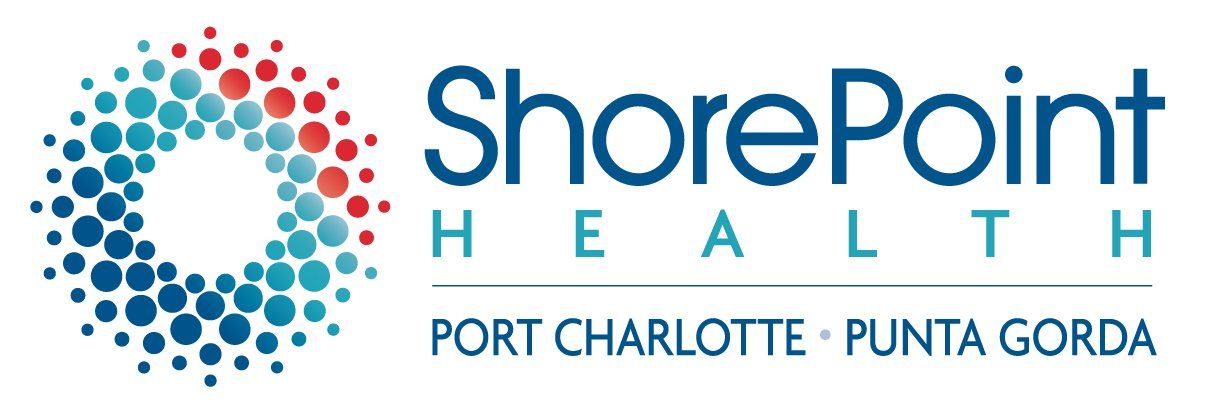
Advance Directives
A Simple and Smart Way to Take Charge of Your Care
Living Will
Durable Power of Attorney for Healthcare
This is a legal document that names your healthcare proxy—someone who can make medical decisions for you if you’re unable to do so. An official healthcare proxy can represent your wishes on emergency care but also on other medical issues like potential treatment options, blood transfusions, kidney dialysis, etc. Choose someone you trust, discuss your medical wishes, and make sure the person agrees to represent you in this role.
Healthcare Surrogate
A person (agent) appointed to make medical decisions on your behalf if you are unable to do so. This person is sometimes chosen by patients themselves, or, depending on state regulations, may be chosen by the patient’s doctor in certain circumstances. If you are choosing your own healthcare surrogate, choose someone you know well and trust to represent your preferences. Be sure to discuss this with the person before naming him or her as your agent.
Fill Out Your Forms
Make sure you submit advance directives each time you go to the hospital, so your most current information and wishes are on file. You do not need a lawyer to fill these out. For more information and to obtain the forms you need, contact your nurse.
The AudioEye Trusted Certification represents a commitment to accessibility and digital inclusion.
Patient Guide Solutions, LLC
All Rights Reserved